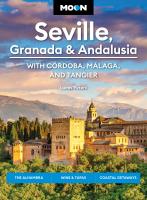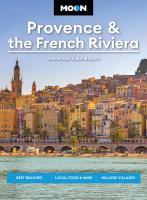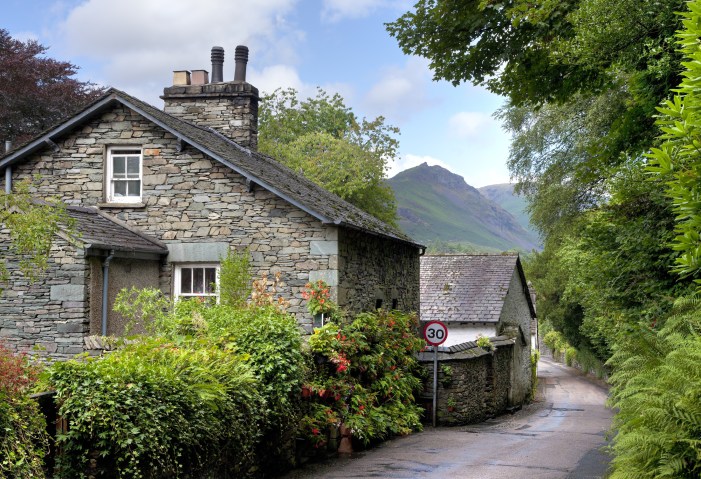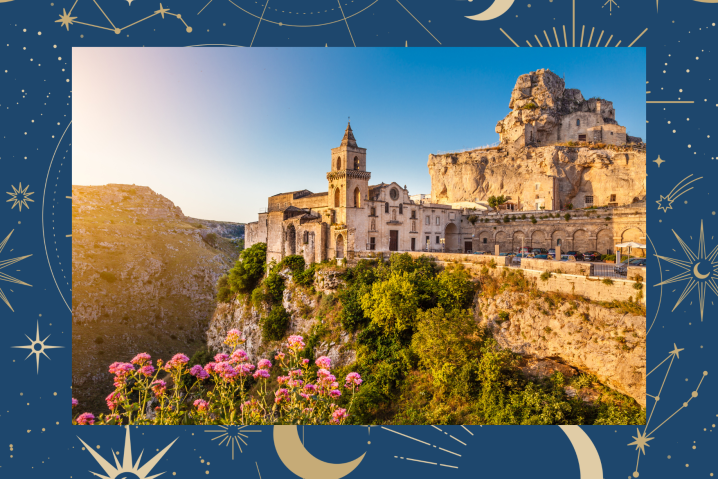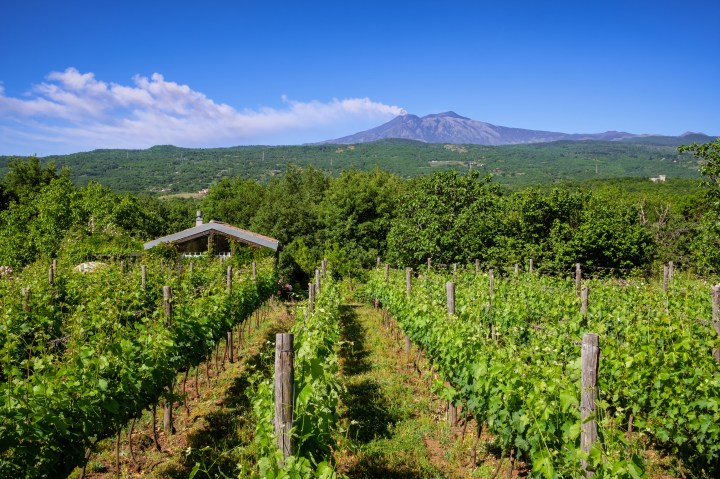Where to Go in Europe for Every Season
Looking for the best time to visit a destination in Europe? Figured out when you want to go but can’t decide where? Let us fill in the rest.
Here are the best places to go in Europe in spring, summer, fall, and winter.
Spring
March – May



Spring in the southern regions of Europe, from Portugal, along the Mediterranean coast through to Turkey, is nearly perfect weather for travel—sunny and warm, with little rainfall. As you head northward into Europe and away from the coasts, temperatures can still be quite cold, particularly at night. As the weather warms, snowfall gives way to rain. In higher climes and northern countries, snow can still be expected throughout May.
Best Places to Go in Europe in Spring
Take a city combo trip to Amsterdam, Brussels, and Bruges or Berlin, Warsaw, and Krakow.
Hit the road on Germany’s Romantische Strasse (Romantic Road) or the Magistrala Coastal Road in Croatia.
Spring is also a good time for active travel. Bike the Holland Junction Network from the Hague to Rotterdam, or hike the Dolomite High Route in Italy.
For a relaxing option, consider a Rhine River Cruise or take a train through Portugal’s Douro Valley on the Douro Line.
Summer
June – August
Temperatures rise as the days lengthen. In the northernmost reaches of Europe you can experience 24 hours of sunlight. Areas along the Mediterranean and Atlantic are warm, though temperate. Farther inland, heatwaves can be a real concern, since most businesses and accommodations are not air conditioned, and you may encounter stifling temperatures in cities like Paris, Rome, and Madrid. Also note that some local businesses close for much of August.
Best Places to Go in Europe in Summer


The medieval city walls surrounding Tallinn, Estonia. Photo © Mario Savoia, Dreamstime

Take advantage of the (relatively) warmer temperatures on a city trip to Scotland; Copenhagen and Oslo; or Lithuania, Latvia, and Estonia.
For some summer fun on the road, drive Iceland’s Ring Road; Northern Ireland’s Causeway Coast; Scotland’s North Coast 500; or take a classic Romanian road trip through Transylvania.
Active travelers should consider hiking the Wicklow Way in Ireland or through England’s Lake District, biking from Copenhagen to Berlin, or trekking the iconic Tour du Mont Blanc.
Fall
September – November
As the temperatures begin to dip and the leaves change colors, the long days of summer in the Nordic countries quickly give way to long sunsets, shorter days, and cooler temperatures. The beaches of the Mediterranean retain their summer glow well into October while the mountain peaks and much of Eastern Europe may witness their first snow fall.
Weather across the continent will be temperate, though autumn storms are to be expected. Though cooler, November is often a great season to visit for those looking for fewer crowds.
Best Places to Go in Europe in Fall



See Europe with a golden light and fewer crowds on a trip to London and Paris; Prague, Vienna, and Budapest; Bordeaux and the Pyrenees; Florence and Tuscany; Cinque Terre; the Greek Islands; the Canary Islands; or the French Riviera.
Considering walking the Camino de Santiago? This is a phenomenal time of year to hit the trail.
Want to see Europe the old-fashioned way? Take the train from Paris to Bucharest, Romania—a classic rail voyage that follows the route of the Orient Express.
Winter
December – February
Days are shorter and darker all around, though this is felt more the farther north you go, and the chances of cold, heavy snow become more likely. In countries like Iceland or Finland, hope for a glimpse of the aurora borealis, as there will be as little as 3-4 hours of daylight.
The farther south you travel, though temperatures will be cooler and days shorter, the effect is less obvious. In Spain, Italy, and Greece, nighttime temperatures can dip close to freezing, but daytime temperatures remain mild.
In Central and Eastern Europe, snowy, freezing temperatures are the norm, while in the Canary Islands, you can still enjoy days at the beach. Throughout the continent, holiday markets will be in full swing through the New Year, serving up warm, spiced wine and other beverages to keep your spirits up.



Best Places to Go in Europe in Winter
Enjoy mild weather on trips to Barcelona and Madrid; Sevilla, Córdoba, and Granada; or Rome, Florence, and Venice; or go all in on a wintry adventure in the Alps.
More Planning Advice for Europe
Mid-June through August and December through early January are considered the high season for nearly every destination in Europe. Expect longer lines, bigger crowds, and less availability for accommodations and tickets, so advance planning pays off. Typically, in summer you will also find longer days, sunnier weather, more events, and more services. The winter holiday season makes up for its lack of sun and warm weather with lots of events and holiday markets.
Europeans love to travel the continent as well. Any weeks in the year that coincide with holidays and school vacations tend to create mini-high seasons in the shoulder seasons of the spring and fall.
Early January through early March tends to be low season for much of Europe. With cooler (if not downright cold) temperatures throughout the continent, more focus tends to be on indoor activities. Accommodations may shutter for this time in some locations to do repairs and upkeep. Services outside of major cities can be limited. If you don’t mind bundling up, this can be a wonderful way to experience Europe as a local.
When is the best time to go to Europe?
The shoulder seasons of September to mid-November and early March to early June are great times to travel most of Europe. Accommodations are open, crowds are not at their highest peaks, and the weather, though variable, is generally better than it is deep into winter. For extremely popular countries like Italy and France, shoulder seasons are still quite busy and discounted rates associated with less-busy seasons are harder to come by.
Newsletter Signup
By clicking ‘Sign Up,’ I acknowledge that I have read and agree to Hachette Book Group’s Privacy Policy and Terms of Use
Find your adventure in Europe
Pin it for later




